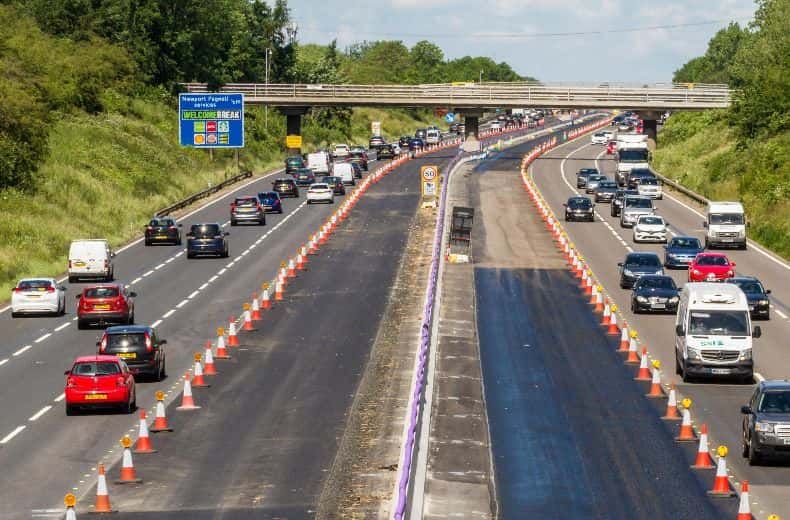Despite plans to reduce the distance between safety areas to ¾ of a mile where feasible, nine smart motorway projects will go ahead with refuge areas between 1.04 and 1.39 miles apart.
Transport Secretary Grant Shapps announced an initial £700m safety plan in March this year after he grew ‘greatly concerned’ that 44 people had died on smart motorways over the last five years.
The new smart motorway projects have already started on:
- 32 miles of the M13
- 17 miles of the M6
- 23 miles of the M1
Another 10-mile section of the M3 will go ahead without extra lay-bys, even though work has not yet begun.
Meera Naran, who has campaigned for safer smart motorways described the decision as ‘‘absolutely unacceptable’’.
The senior lecturer at De Montfort University lost her eight-year-old son Dev when an HGV collided with his grandfather’s car, which was stopped on the hard shoulder being used as a live lane, on the M6 near Castle Bromwich, Solihull.
Reports show that there was a two-and-a-half-mile gap between emergency refuge areas at the scene of the accident.
A network of sensors and cameras are designed to close the hard shoulder from traffic in order to protect stationary road users.
Ms Naran said she will contact Shapps and Highways England to make it clear that their 18-point plan should apply to all existing as well as future smart motorways.

RAC sale – up to 33% off*
• Roadside cover from £5.29 a month†
• We get to most breakdowns in 60 mins or less
• Our patrols fix 4/5 breakdowns on the spot

Current Highways England Research stats show that 26 vehicles stop in flowing traffic on smart motorways every day.
The Transport Secretary announced plans to abolish the “confusing” dynamic hard shoulder smart motorways eight months ago.
Despite his plan, the part-time lanes are still in use over 67 miles of the road network, including 15 miles on the M1 and 11 miles on the M62. They will be converted to all-lane running by 2025.
- Smart motorways – what are they and how do you use them?
- Explained: How the RAC deals with smart motorway breakdowns
- What is the hard shoulder?
Sarah Champion, Labour MP for Rotherham, said: “The government needs to grasp that there is nothing ‘smart’ about creating death traps.”
Statistics for 2015-18 show that fatality rates on smart motorways without a permanent hard shoulder were lower than on conventional motorways in three out of four years. The opposite was true for serious injuries, with a higher rate recorded on smart motorways in three out of the four years.
The Department for Transport highlighted that the transport secretary tasked Highways England with delivering an action plan to make the schemes less confusing and emergency refuge areas more visible.
“We will ensure Highways England delivers this to the agreed timescales.”
The government company said a new design standard, with spaces no more than one mile apart, would apply to all upgrades yet to be designed.
How do you feel about further smart motorways being planned? Leave us a comment below.
Get 30 driving tips that will save you money
Running a car isn’t cheap, but there are some easy things you can do to keep your costs down. Get these tips and more useful driving articles sent straight to your inbox now.














